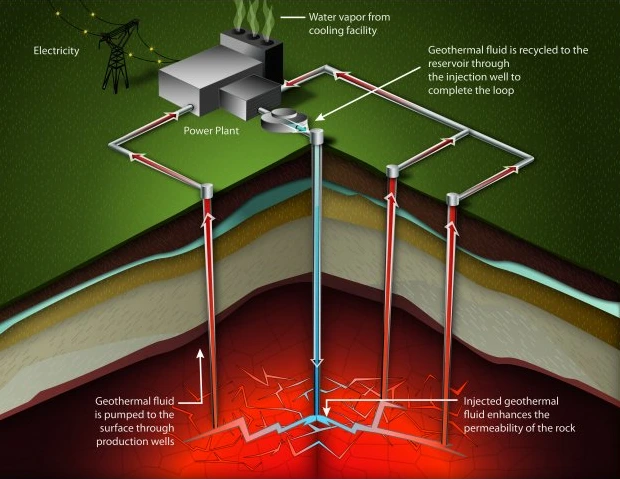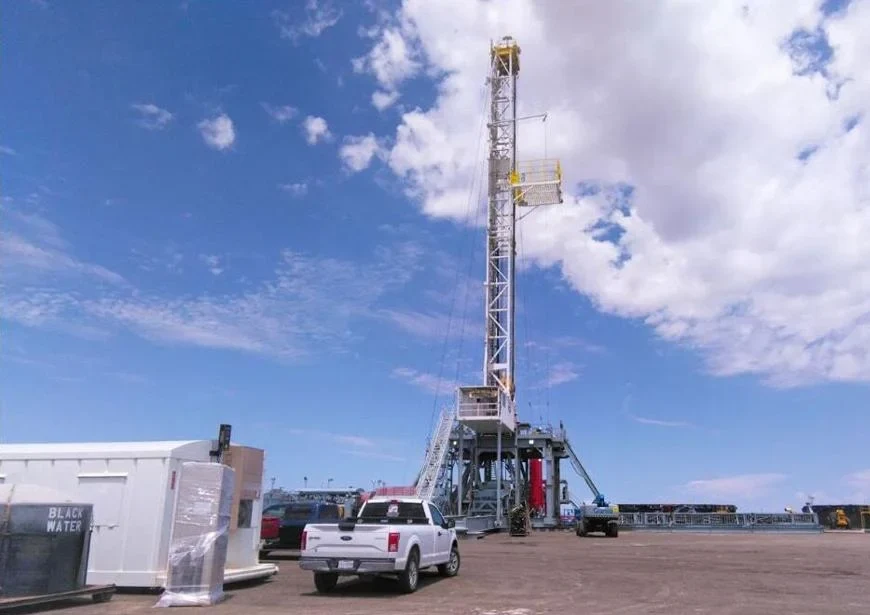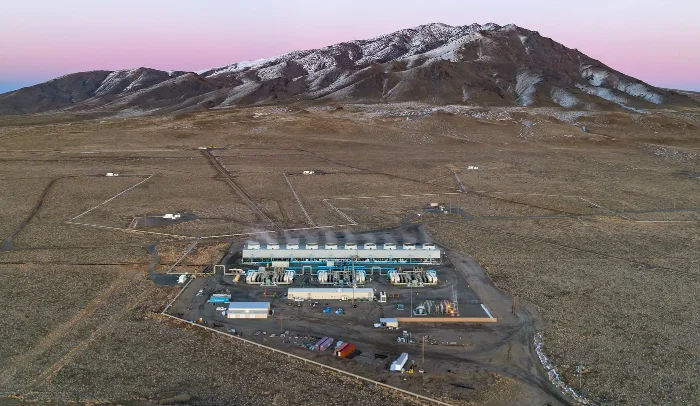As the global community confronts the escalating climate crisis, a powerful solution simmers beneath our feet—geothermal energy. This sustainable powerhouse, fueled by the Earth’s own heat, promises an era of “clean, firm” power. From the fiery depths of our planet’s core to the volcanic terrains of Iceland, humanity is on the brink of tapping into an almost limitless energy reserve.
Today, the fervor surrounding next-generation geothermal technology has reached a fever pitch among investors, governments, and energy pioneers. They’re all drawn by its potential to provide continuous, emission-free power, positioning geothermal energy as a critical player in the future energy mix.
The intrigue surrounding geothermal isn’t just its abundance or its low environmental footprint, but also its untapped potential. While traditional geothermal applications have been localized—limited to places where natural heat escapes easily to the surface—new technological advancements promise to unlock geothermal capabilities far beyond these hotspots. With significant backing in policy and capital, stakeholders are betting big on innovative approaches that could soon allow us to harness geothermal energy from coast to coast, transforming how we power our cities and industries.

This surge in interest and investment has set the stage for geothermal to shift from a niche, geographically constrained resource to a cornerstone of a clean, reliable energy system worldwide. The journey ahead is lined with challenges, from technological hurdles to financial barriers, but the drive to overcome them is as heated as the energy waiting to be unleashed. As we delve into the realms of advanced drilling and enhanced systems, let’s explore how geothermal energy stands to reshape not only our power grids but also our approach to sustainable living.
Breaking New Ground
The charm of geothermal energy lies in its omnipresence and constancy. Unlike solar and wind, geothermal offers an unyielding power supply, irrespective of weather or time of day. This makes it an invaluable asset for a grid increasingly burdened by intermittent renewables.
However, current geothermal technology taps just a fraction of this potential. Traditional geothermal plants utilize accessible natural reservoirs to produce electricity. This method, while effective, confines geothermal plants to specific locales where such conditions exist. As a result, geothermal’s contribution to the U.S. energy mix remains modest, with only 3.7 gigawatts of installed capacity, representing a mere 0.4% of total generation.

The horizon brightens with the advent of “next-generation” geothermal technology. Innovations promise to democratize geothermal energy, making it accessible across diverse geographies and potentially increasing its contribution exponentially. According to a U.S. Department of Energy report, next-generation technologies could surge capacity to over 90 gigawatts by 2050—transforming geothermal into a major player on the energy stage.
Innovative Frontiers
The fusion of geothermal with techniques borrowed from the oil and gas industry marks a pivotal shift. Enhanced geothermal systems (EGS) employ horizontal drilling and hydraulic fracturing to extend geothermal’s reach. Companies like Eavor and Fervo Energy are at the forefront, successfully piloting projects that could serve as blueprints for widespread adoption.
“If we can crack the nut on this new-generation geothermal, it means we can put geothermal just about anywhere,” said Cindy Taff, CEO of Sage Geosystems, at a recent SXSW panel.
Eavor’s approach, dubbed “advanced geothermal,” simplifies the process by using a closed-loop system that circulates fluids to extract heat without direct ground injection. Meanwhile, the pursuit of “superhot rock energy” seeks to harness deeper and hotter resources, promising even greater yields.
Path to Commercialization
Realizing geothermal’s potential will require overcoming significant hurdles. Key among these is the need for substantial investment. The early stages of technology development are capital-intensive, involving extensive drilling and experimentation to refine methods and reduce costs.
Federal initiatives and private investments have begun to address this need. The Inflation Reduction Act and Bipartisan Infrastructure Law provide financial incentives that could spur further development. Moreover, the DOE’s support for pilot projects, like the $220 million Utah Forge initiative, has already yielded promising improvements in drilling efficiency.
Overcoming Barriers
Yet, financial backing alone won’t suffice. The geothermal industry must navigate complex regulatory landscapes, secure reliable customer bases, and address environmental concerns. Partnerships with established energy players could provide the necessary expertise and resources. For instance, Fervo’s collaboration with Devon Energy has leveraged decades of drilling experience to enhance geothermal’s feasibility.
However, such collaborations are not without controversy. The involvement of fossil fuel companies has raised concerns among environmentalists wary of prolonging traditional energy practices under the guise of innovation.
A Sustainable Vision
As next-generation geothermal technologies advance, they offer a glimpse of a sustainable future—one where clean, constant energy flows from beneath our feet. This vision aligns with global efforts to combat climate change and transition to renewable sources.
More To Discover
Geothermal energy stands at a crossroads. With the right mix of innovation, investment, and public support, it can move beyond niche applications to become a cornerstone of a resilient, clean energy grid. “One of these [new] technologies, or several of them grouped together, is going to break us through,” Taff optimistically concluded at SXSW.
The path ahead is challenging but the potential transformative. As we delve deeper into the Earth’s crust, we may find not just energy, but a lasting solution to our environmental woes.






















